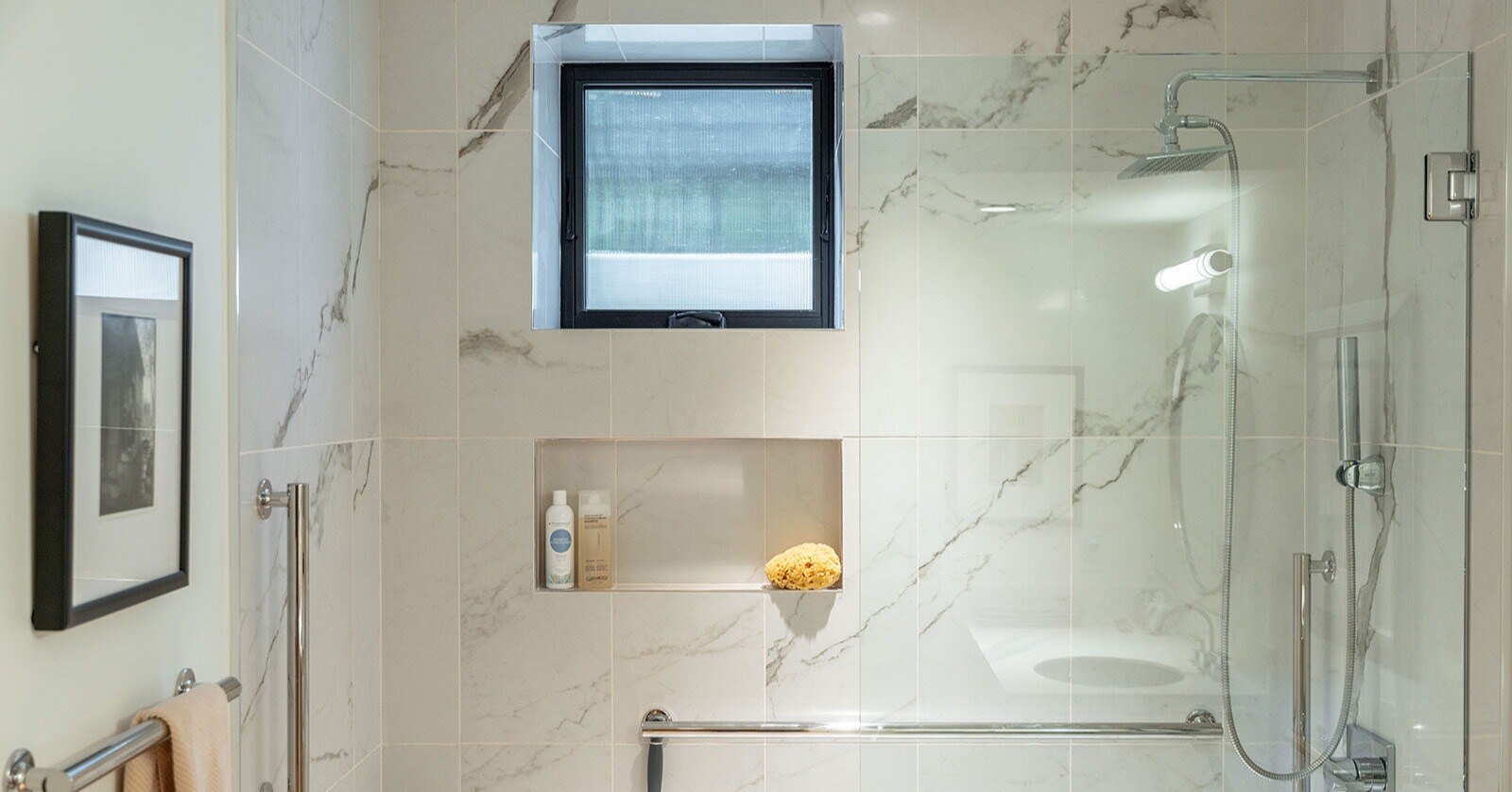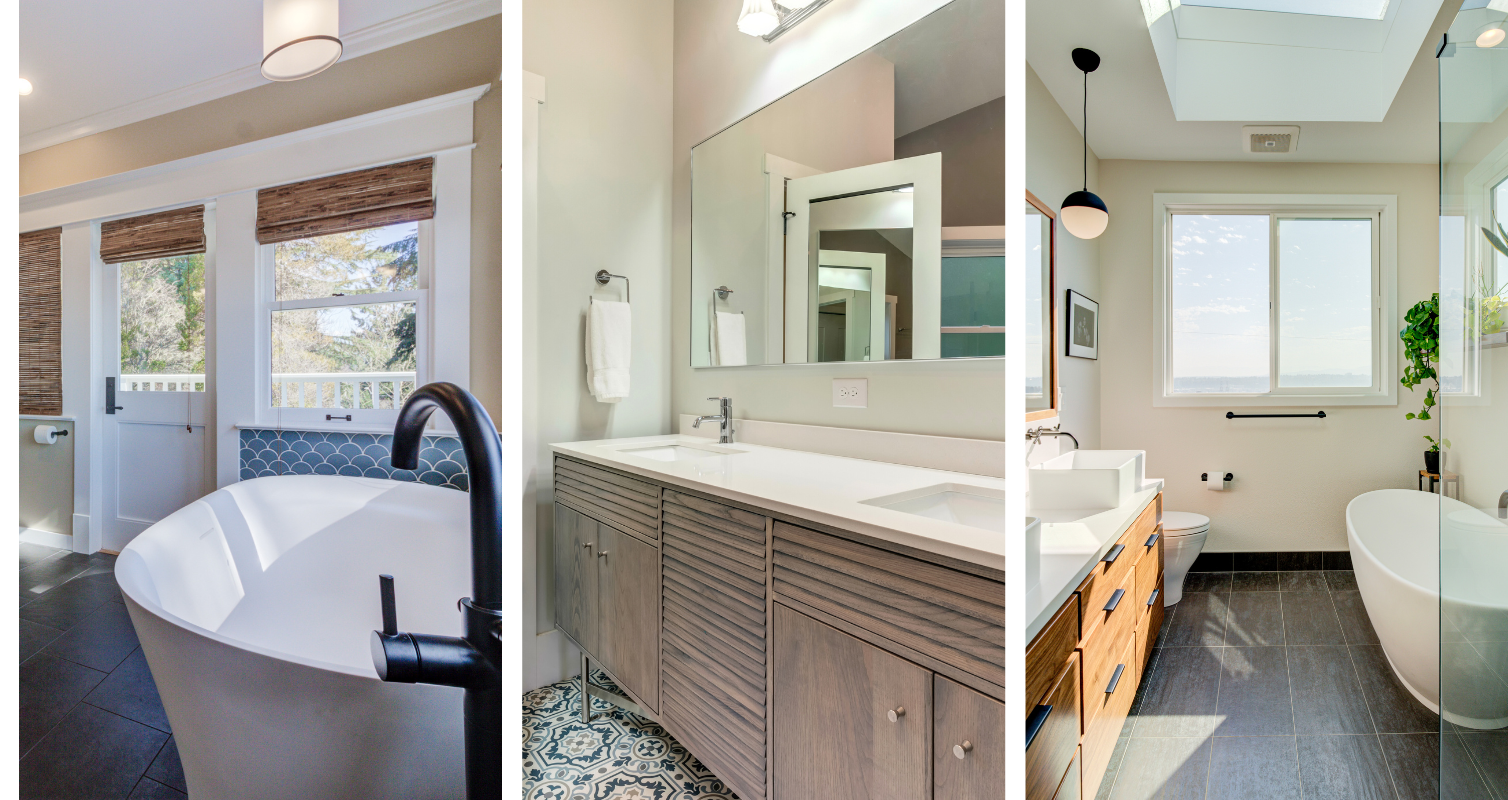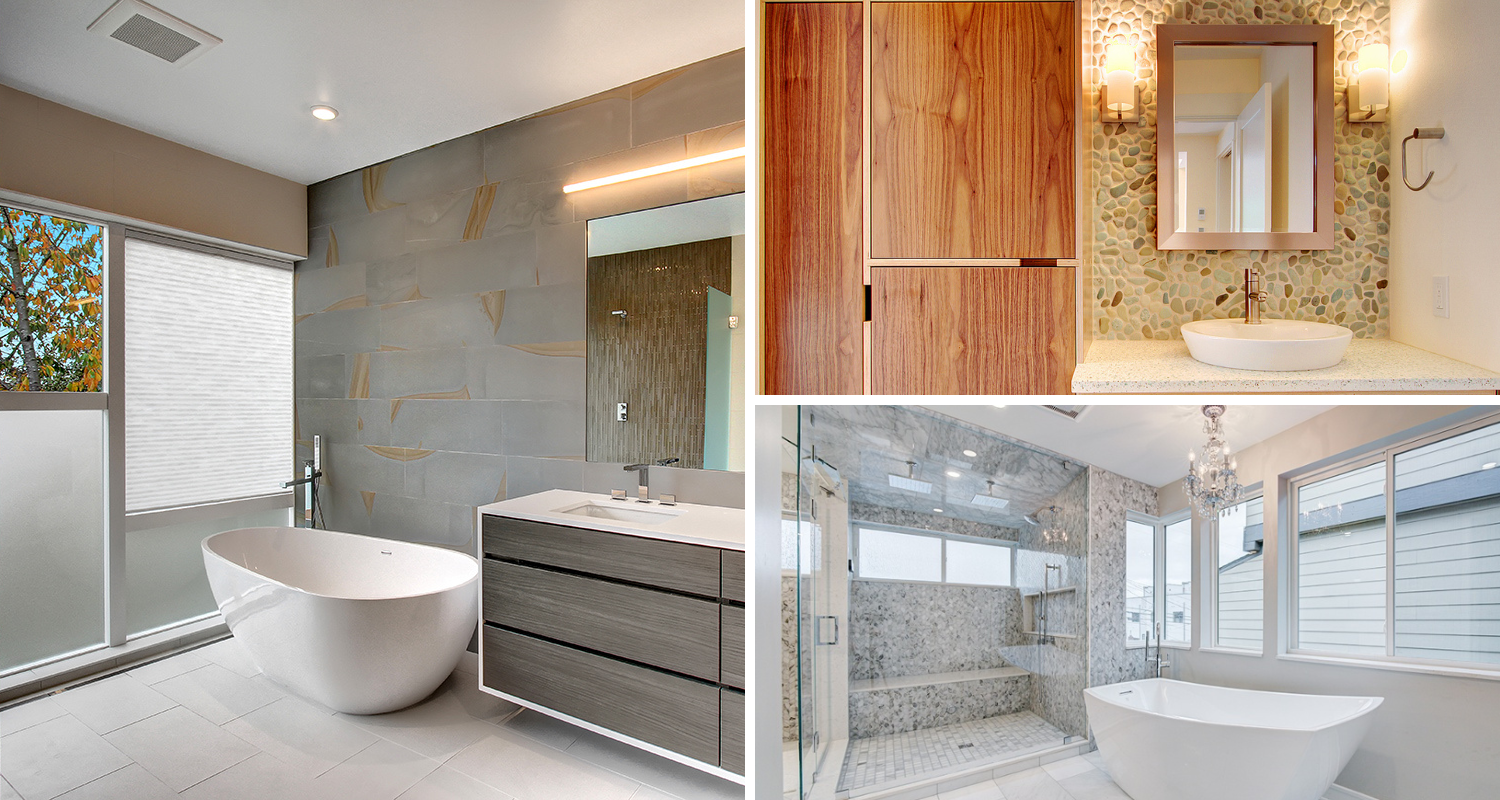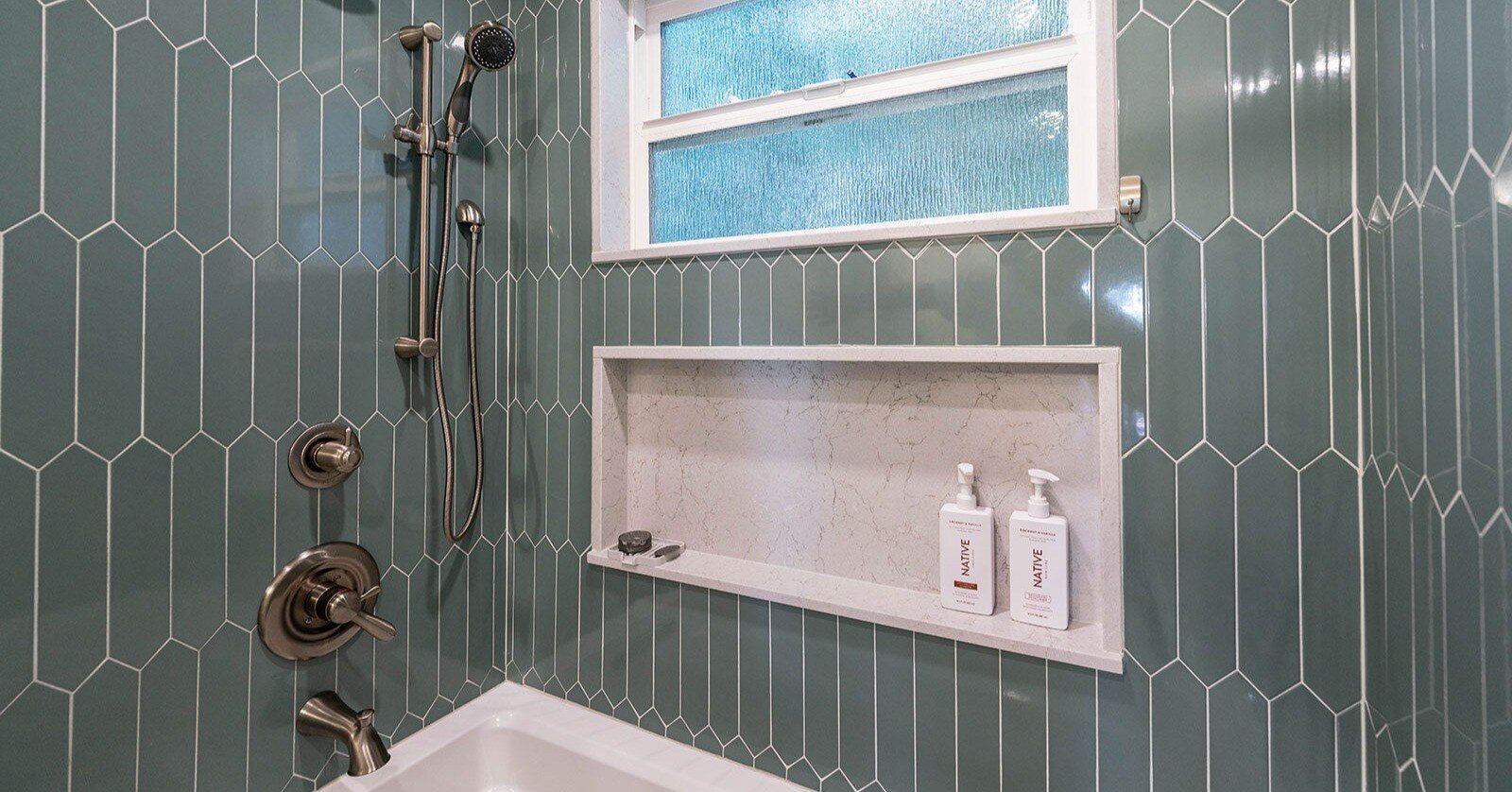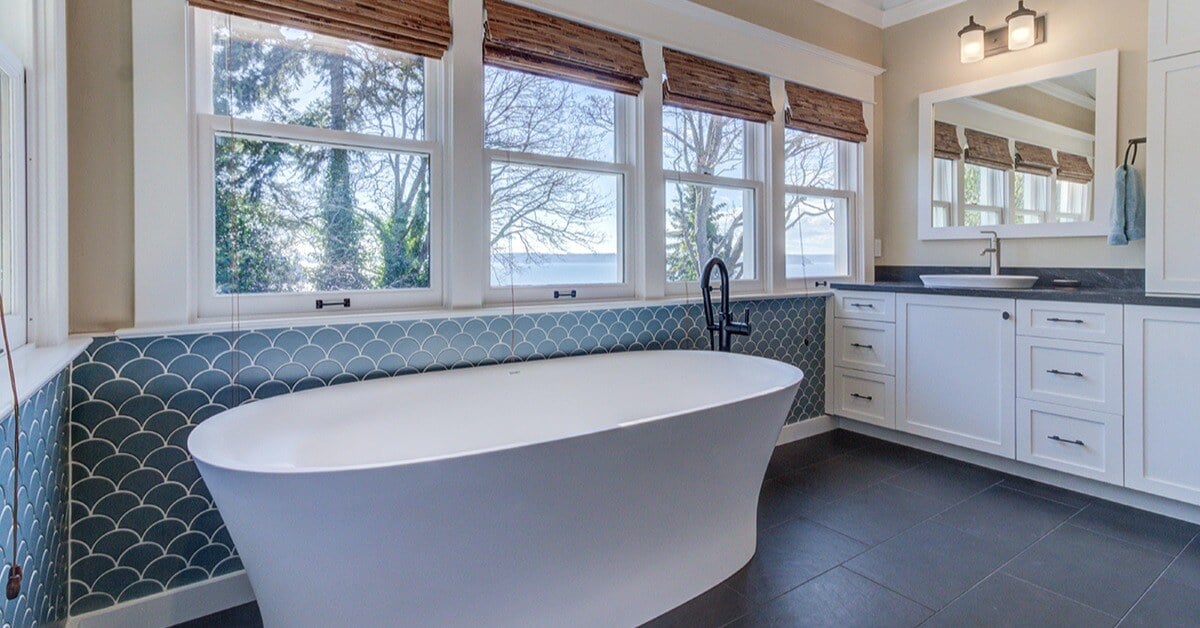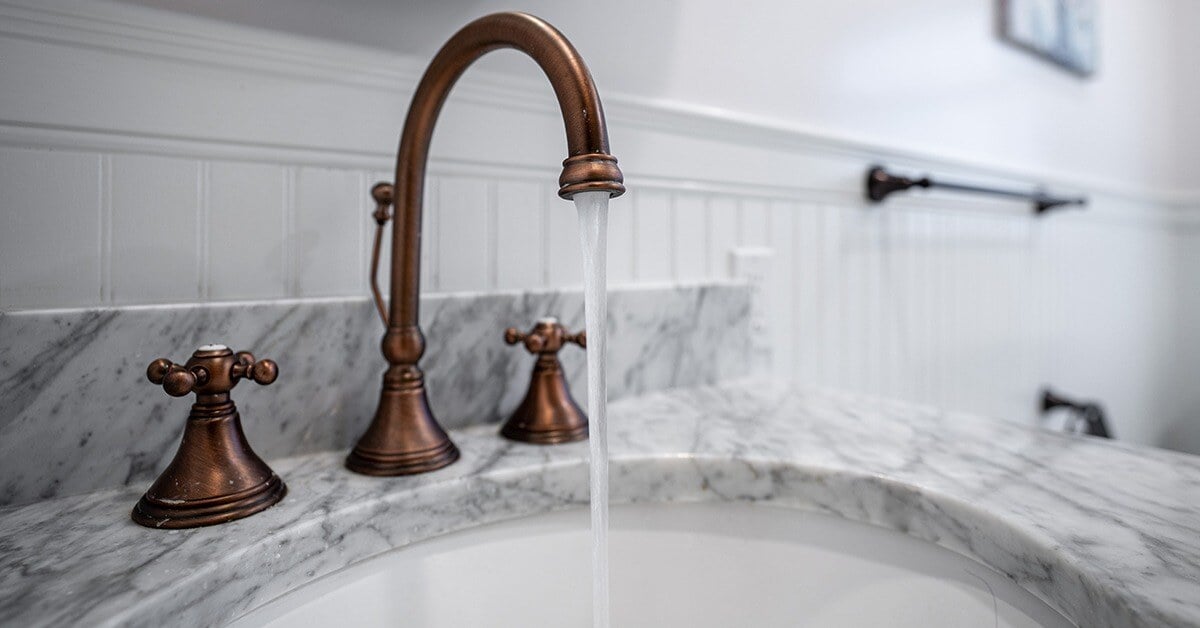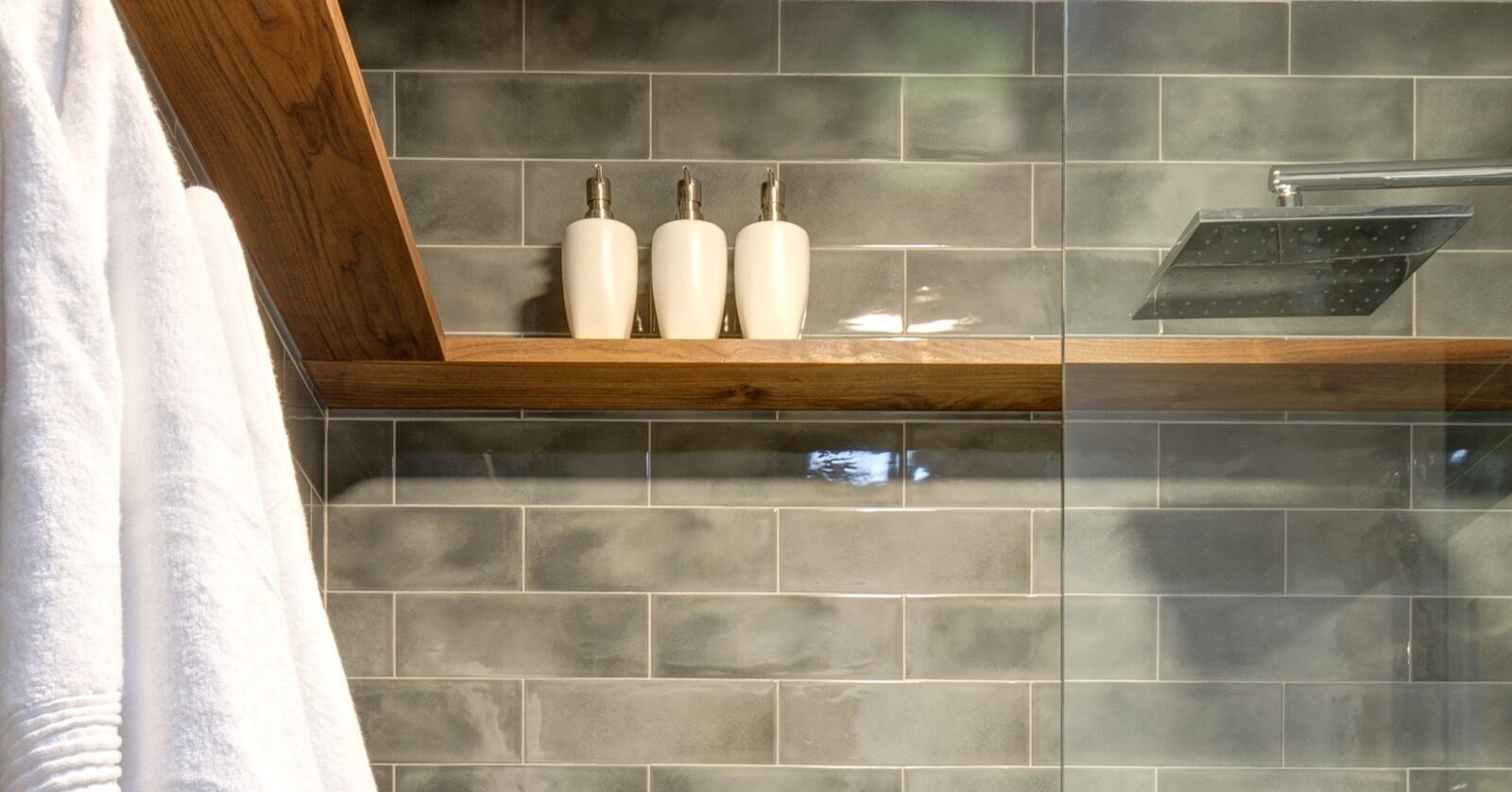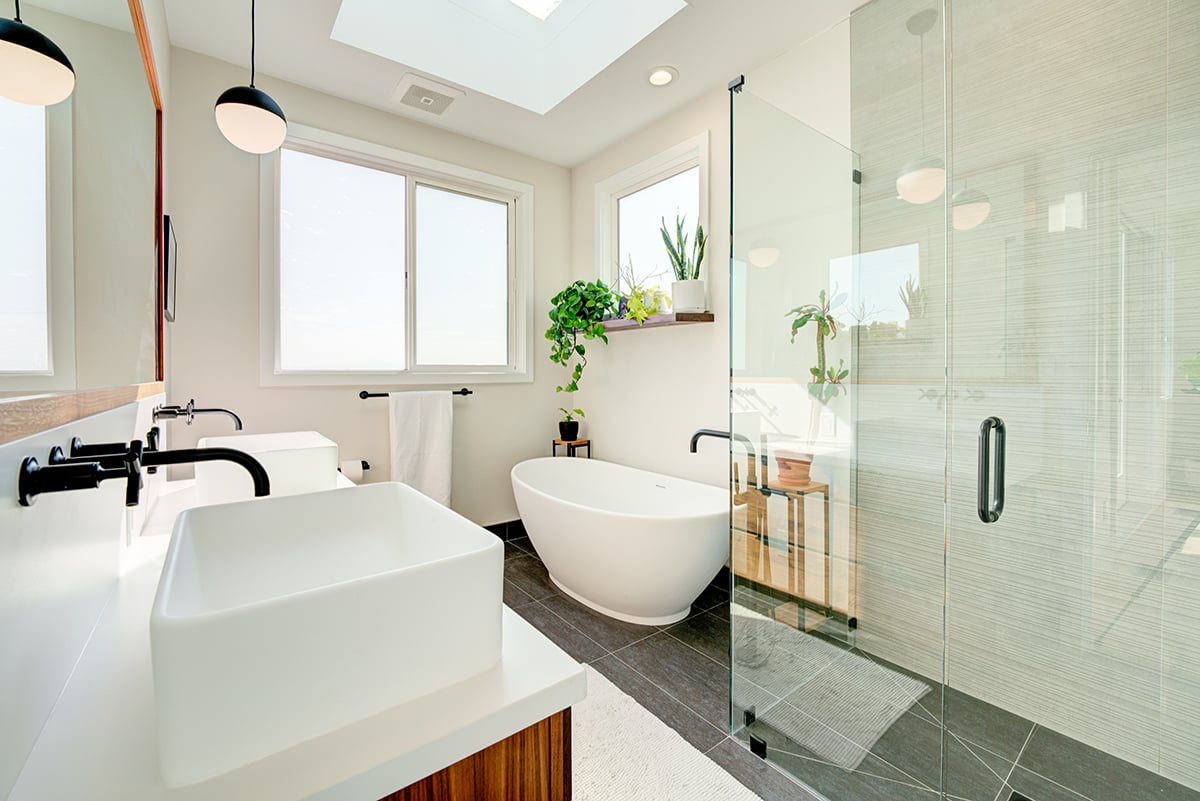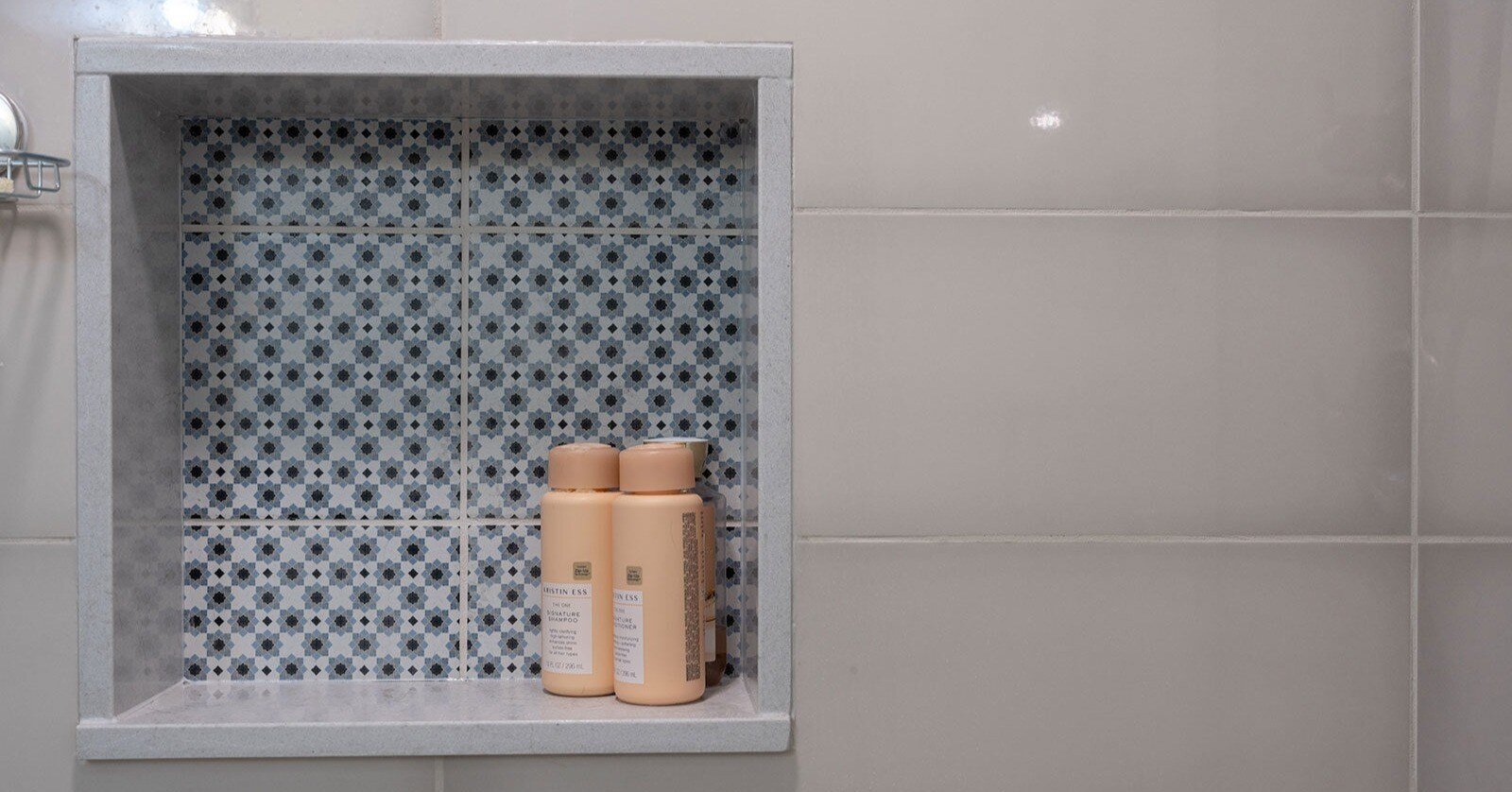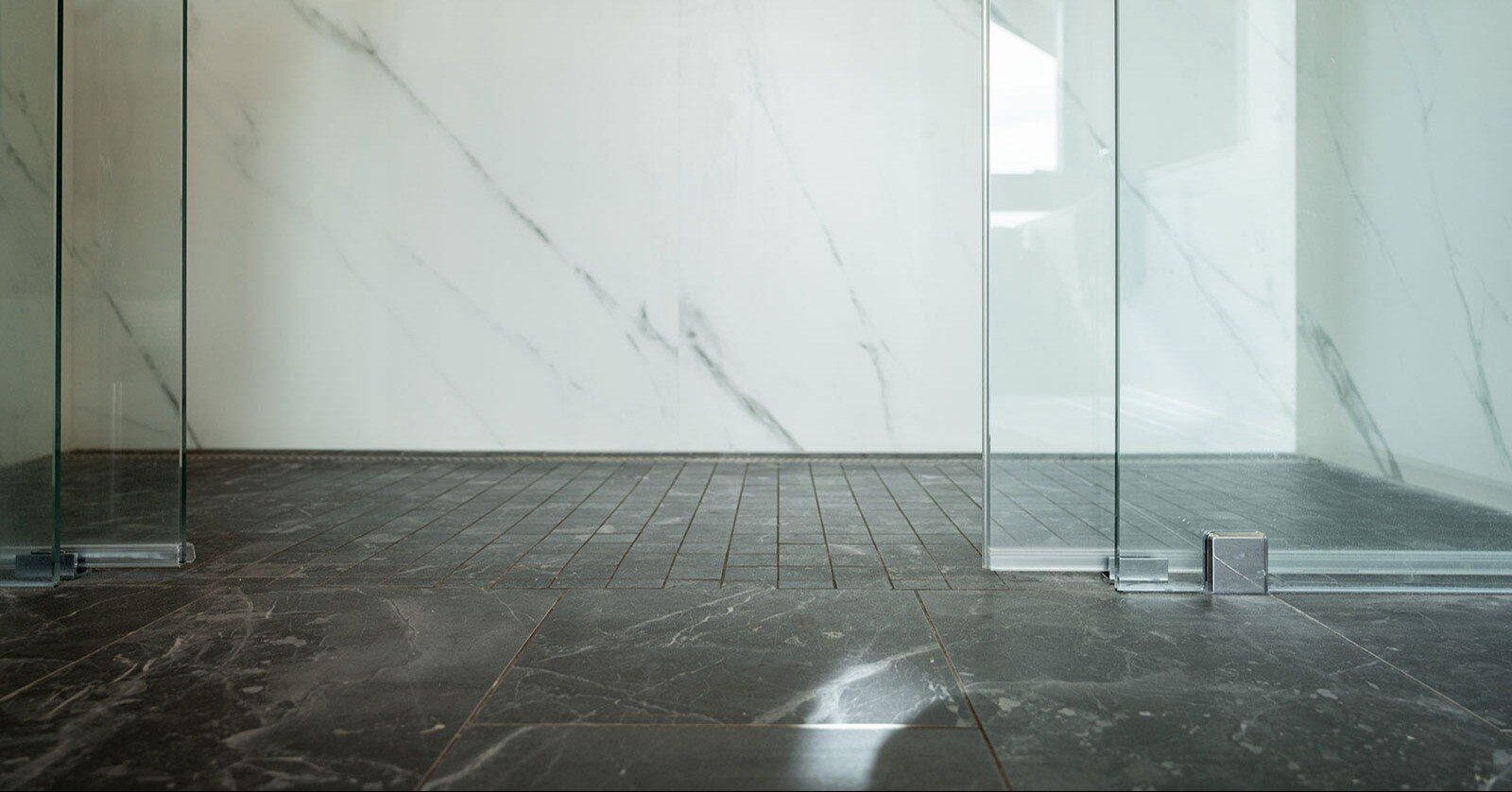This client story is one that resonates with many homeowners who are considering aging in place. This homeowner wanted to continue living in her Normandy Park home but found that her bathroom no longer met her needs. The homeowner cherished her time soaking in her jacuzzi tub, but the high ledge made it both difficult and unsafe to use. Following a few falls, the homeowner knew it was time for a change.
The client initially contacted a national company specializing in ADA-compliant tubs, but they couldn’t retrofit the space. That’s when she called Better Builders. Together, we transformed her bathroom into a safe, functional, and beautiful sanctuary where she could relax without fear. This blog article will explore her specific story and share additional accessible bathroom design ideas for those considering aging in place. Let’s get into it.
Creating a Safe and Accessible Bathroom For Our Client
Understanding the homeowner’s physical needs and her desire for comfort was our top priority. Here’s how we reimagined her bathroom floor space:
1. Walk-In Tub
We carefully selected the perfect location in the bathroom layout for a walk-in tub that met ADA accessibility standards. This allowed the homeowner to enjoy her baths safely and comfortably.
2. Barrier-Free Shower
We designed a spacious, curbless shower equipped with a folding bench, grab bars, a handheld showerhead, and a mosaic tile floor for enhanced traction. This new accessible shower replaced the original fiberglass structure with its hazardous glass doors with your typical top and bottom track (that you can never actually get clean) and flooring that wasn’t non-slip.
3. Water Closet Enhancements
Even though this client wasn’t using a wheelchair or walker, we decided to future-proof her bathroom by expanding the water closet width to accommodate a wheelchair or walker. Additionally, we installed grab bars, and upgraded to a comfort-height toilet.
4. Vanity Adjustments
Because the homeowner was tall in height, we raised the height of the vanity for easy access and to eliminate strain when bending over.
5. Improved Cabinetry with Accessibility in Mind
A tall cabinet was added to flank the vanity, providing easy-to-reach storage above the countertop level. This design allowed this client to easily reach everyday items and reduce clutter.
6. Enhanced Lighting and Ventilation
Better lighting and upgraded ventilation ensured safety and longevity for the materials. Without proper ventilation, moisture can accumulate and damage the newly added materials in the bathroom space.
7. Luxurious Additions
Heated flooring and towel bars added an extra layer of comfort to this client’s daily routine.
%20(1).png?width=1200&height=800&name=Woody%20Project%20AFTER%20(1200x800)%20(1).png)
8. Durable Materials
We used ceramic and porcelain materials throughout to keep the space low-maintenance and easy to clean. These choices ensured that the homeowner’s bathroom would remain beautiful and durable for years to come.
Ideas for Designing an Accessible Bathroom Remodel for Aging in Place
Whether you’re planning for yourself, a parent, or a grandparent, creating a bathroom that supports aging in place is essential. Here are additional tips to consider:
Accessibility Features
Doorways
Standard bathroom door widths are often too narrow for wheelchairs or walkers, making accessibility difficult. Installing offset hinges can significantly enhance usability by allowing the door to swing completely clear of the opening, maximizing the width of the doorway.
Additionally, pocket doors offer a sleek, space-saving solution as they slide into the wall rather than swinging open. This eliminates clearance issues, making them ideal for smaller bathrooms or tight spaces. Pocket doors also improve accessibility by removing barriers for individuals with mobility aids and provide a modern aesthetic that enhances the home’s design. Their ease of use, especially with accessible handles or automated mechanisms, makes them a practical upgrade for any homeowner.
Comfort-Height Toilets
Comfort-height toilets are an excellent choice for homeowners seeking enhanced accessibility and comfort. These toilets are designed to make sitting and standing easier, reducing strain on the knees and hips. They are particularly beneficial for individuals with arthritis, mobility issues, or those recovering from surgery.
In addition to their ergonomic advantages, they offer a modern and sleek look, making them a valuable upgrade for any bathroom.
Grab Bars
The design and aesthetic of modern grab bars have come a long way in recent years. Today’s grab bars combine functionality with style, making them a practical and visually appealing addition to any bathroom.
Strategically installing them near the toilet, tub, and shower ensures stability and reduces the risk of slips and falls. For homeowners aging in place, grab bars offer peace of mind and safety, especially in wet or slippery conditions.
Shower Safety
Barrier-Free Showers
Also known as curbless or roll-in showers, these provide an ideal solution for aging homeowners or anyone looking to enhance their bathroom’s accessibility. Barrier-free showers eliminate the need to step over a ledge, reducing the risk of trips and falls. They are wheelchair-friendly, offering easy access for individuals with mobility challenges and simplifying the bathing process for caregivers. For homeowners who prioritize comfort, barrier-free showers can create a modern, open aesthetic while offering the convenience of a seamless entry. If removing the tub isn’t an option, ensure the tub floor has good traction and add grab bars at appropriate heights to enhance safety.
Shower Bench
A folding bench is a practical addition for those who may need to sit while showering. This feature provides stability and comfort, making the shower experience safer and more enjoyable. For homeowners who are aging, have limited mobility, or just want a more comfortable showering experience, a bench offers a secure option to reduce fatigue and the risk of slips or falls. It can also enhance comfort for anyone who prefers a seated shower, offering a relaxing and spa-like experience. When not in use, the folding bench can be folded away, maintaining the shower’s accessibility and spaciousness for all users.
Shower Rods
We highly recommend replacing friction-fit rods with securely mounted options to prevent accidents. Friction-fit shower rods, often paired with a hanging shower curtain, can be particularly hazardous for individuals with mobility challenges or for aging homeowners. In moments of panic or instability, a falling person will instinctively grab the nearest support, and a friction-fit rod, not being securely fastened, can easily dislodge and fail to provide the needed support. It is crucial to install securely mounted rods that can withstand sudden force to prevent such accidents. These rods enhance safety and provide peace of mind for those who value their independence and mobility in their bathroom space.
.png?width=1200&height=800&name=woody-after%20(3).png)
Smart Features for an Accessible Bathroom
Bidets or Washlets
Adding a bidet or washlet to a comfort-height toilet can greatly enhance both cleanliness and independence for homeowners. These devices offer a gentle, thorough cleaning option that is especially beneficial for individuals with limited dexterity or mobility challenges. Beyond their practical benefits, bidets and washlets add a touch of luxury to the bathroom experience, providing comfort and convenience while supporting personal hygiene and reducing the reliance on toilet paper.
Touchless Faucets
Arthritis or reduced strength can make turning knobs challenging, making touchless faucets a game-changer for many homeowners. These faucets offer convenience by activating with a simple motion, reducing the effort required to use them. They also promote hygiene by minimizing contact with handles, which can harbor germs.
%20(6).png?width=1200&height=800&name=Woody%20Project%20AFTER%20(1200x800)%20(6).png)
Thinking Ahead in Your Bathroom Remodel
The key to adequately designing for universal design and aging in place is to be candid about daily challenges and potential future needs. Discussing these openly allows for creating a space that not only meets current needs but also anticipates future requirements. Designing with a 5-10-year outlook ensures the space remains functional and safe as mobility and accessibility needs evolve, saving time and money on repeated home renovations.
Consider home-wide adjustments like stairlifts, ramps, and deck modifications to create seamless transitions between indoor and outdoor spaces. These features enhance overall accessibility, reduce physical strain, and allow homeowners to navigate their entire property safely and independently. For example, ramps eliminate the hazards of stairs, while level deck modifications allow for effortless movement with mobility aids.
Watch the video to see how we helped this homeowner reimagine her outdated primary bathroom into a custom-designed bathroom for aging in place.
Gaining Peace of Mind for the Future
For the homeowner, this redesign wasn’t just about functionality—it was about peace of mind. These updates allowed her to live comfortably and safely in her home, preserving her independence and dignity.
If you’re considering similar updates for yourself or a loved one, start your journey to a bathroom remodel by downloading our guide, "The Complete Guide to Creating a Dream Bathroom."


%20(5).png?width=1200&height=800&name=Woody%20Project%20AFTER%20(1200x800)%20(5).png)
-1.png?width=1200&height=552&name=woody-after%20(23)-1.png)
-1.png?width=1200&height=432&name=woody-after%20(26)-1.png)
.png?width=1200&height=800&name=Woody%20Project%20AFTER%20(1200x800).png)
.png?width=1200&height=800&name=woody-after%20(4).png)
%20(3).png?width=1200&height=800&name=Woody%20Project%20AFTER_aging%20in%20place%20doorways%20(1200x800)%20(3).png)
-1.png?width=1160&height=555&name=Woody%20Project%20AFTER_grab%20bars%20(1200x800)-1.png)


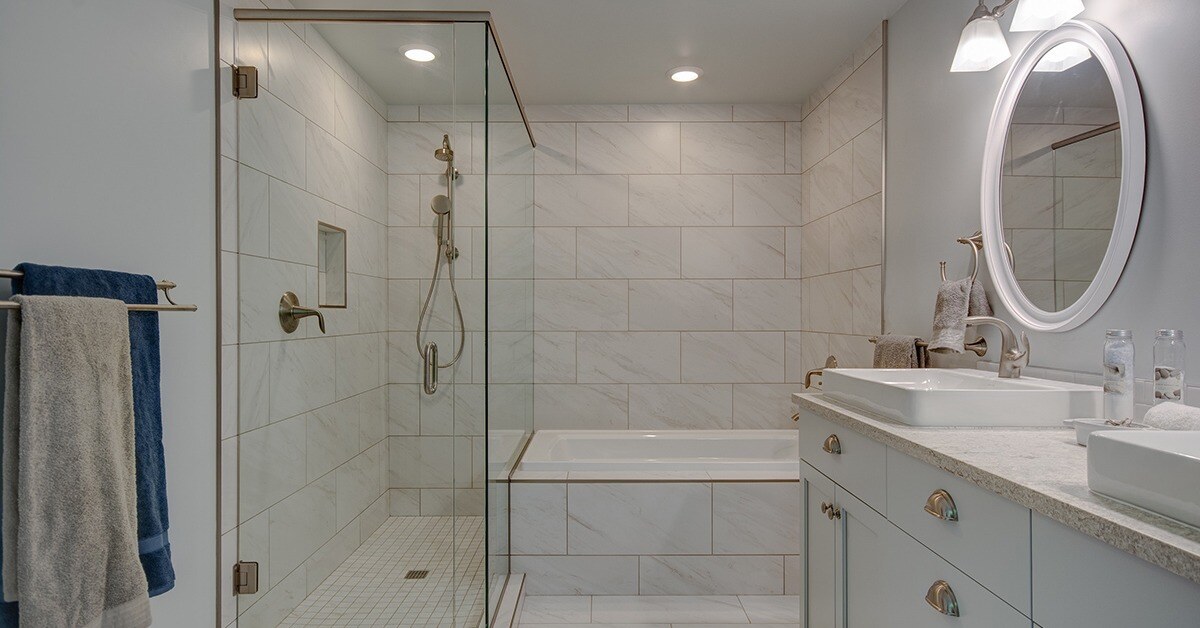
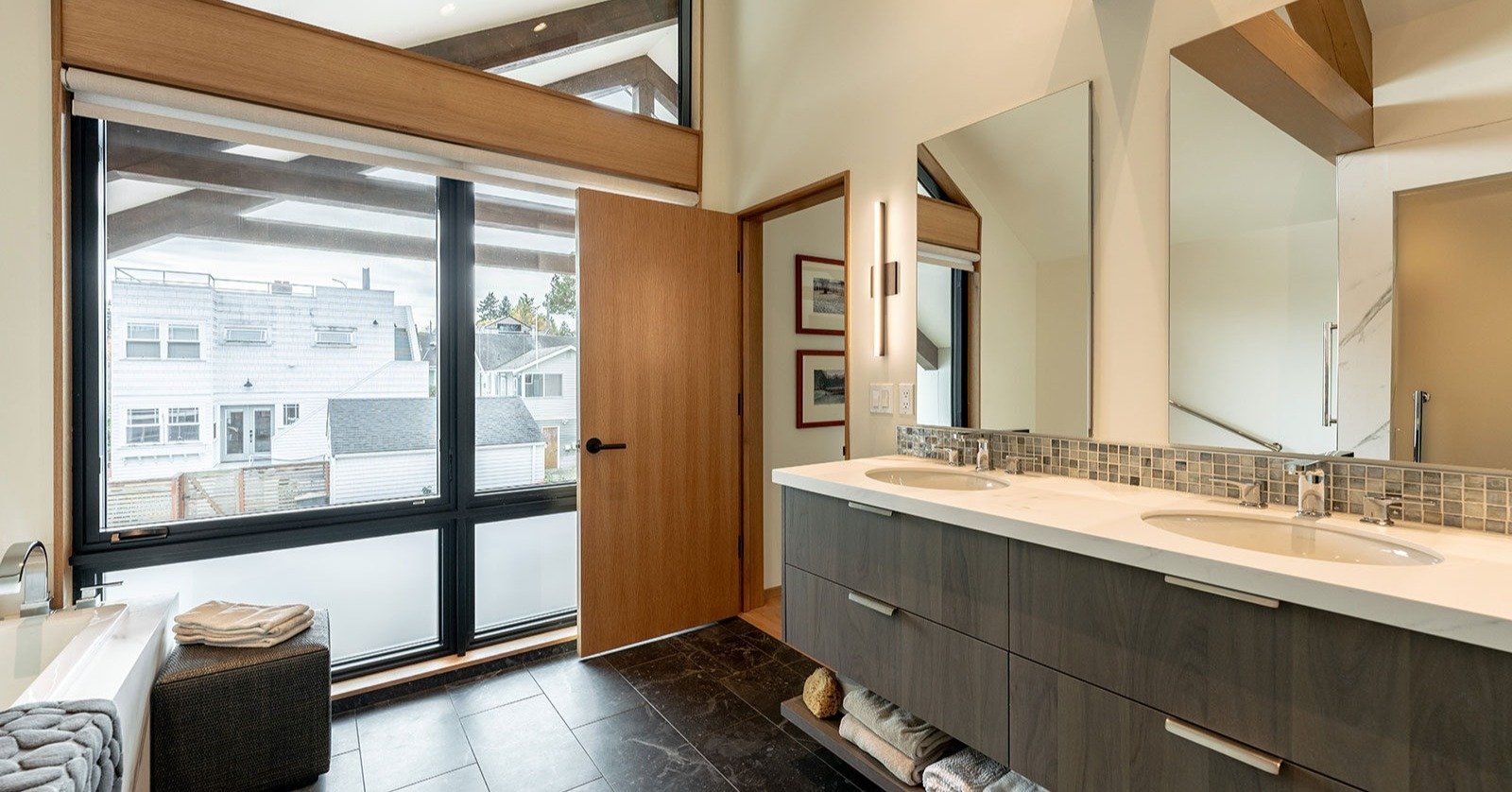
.png)
